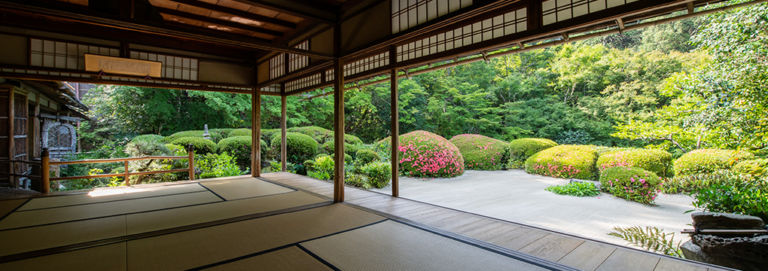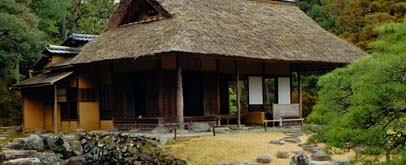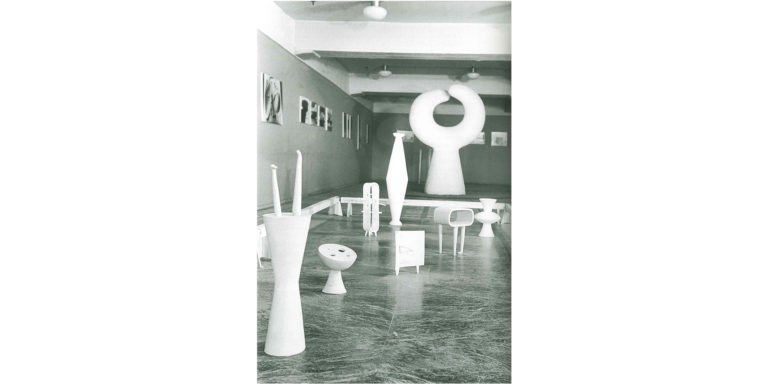This article is from the free online
Invitation to Ex-Noguchi Room: Preservation and Utilization of Cultural Properties in Universities


Reach your personal and professional goals
Unlock access to hundreds of expert online courses and degrees from top universities and educators to gain accredited qualifications and professional CV-building certificates.
Join over 18 million learners to launch, switch or build upon your career, all at your own pace, across a wide range of topic areas.

 Photograph taken by Noguchi during his visit to Shisen-do. He traveled to Kansai with the painter Saburo Hasegawa. There, he came into contact with, and was stimulated by, Japanese traditional architecture. (Banraisha: A Concerto of Yoshiro Taniguchi and Isamu Noguchi (in Japanese), edited by Makiko Sugiyama, 2006, Kajima Institute Publishing, p. 52)
Photograph taken by Noguchi during his visit to Shisen-do. He traveled to Kansai with the painter Saburo Hasegawa. There, he came into contact with, and was stimulated by, Japanese traditional architecture. (Banraisha: A Concerto of Yoshiro Taniguchi and Isamu Noguchi (in Japanese), edited by Makiko Sugiyama, 2006, Kajima Institute Publishing, p. 52)
 Shisen-do (
Shisen-do (
 Noguchi creating Mu (Banraisha: A Concerto of Yoshiro Taniguchi and Isamu Noguchi (in Japanese), edited by Makiko Sugiyama, 2006, Kajima Institute Publishing, p. 6, Photo: Masao Usui)
Noguchi creating Mu (Banraisha: A Concerto of Yoshiro Taniguchi and Isamu Noguchi (in Japanese), edited by Makiko Sugiyama, 2006, Kajima Institute Publishing, p. 6, Photo: Masao Usui)
 Photo of Noguchi’s one-man show at the Nihombashi Mitsukoshi Main Store in 1950. Mu is visible in the back. (Banraisha: A Concerto of Yoshiro Taniguchi and Isamu Noguchi (in Japanese), edited by Makiko Sugiyama, 2006, Kajima Institute Publishing, p. 54)
Photo of Noguchi’s one-man show at the Nihombashi Mitsukoshi Main Store in 1950. Mu is visible in the back. (Banraisha: A Concerto of Yoshiro Taniguchi and Isamu Noguchi (in Japanese), edited by Makiko Sugiyama, 2006, Kajima Institute Publishing, p. 54) 





